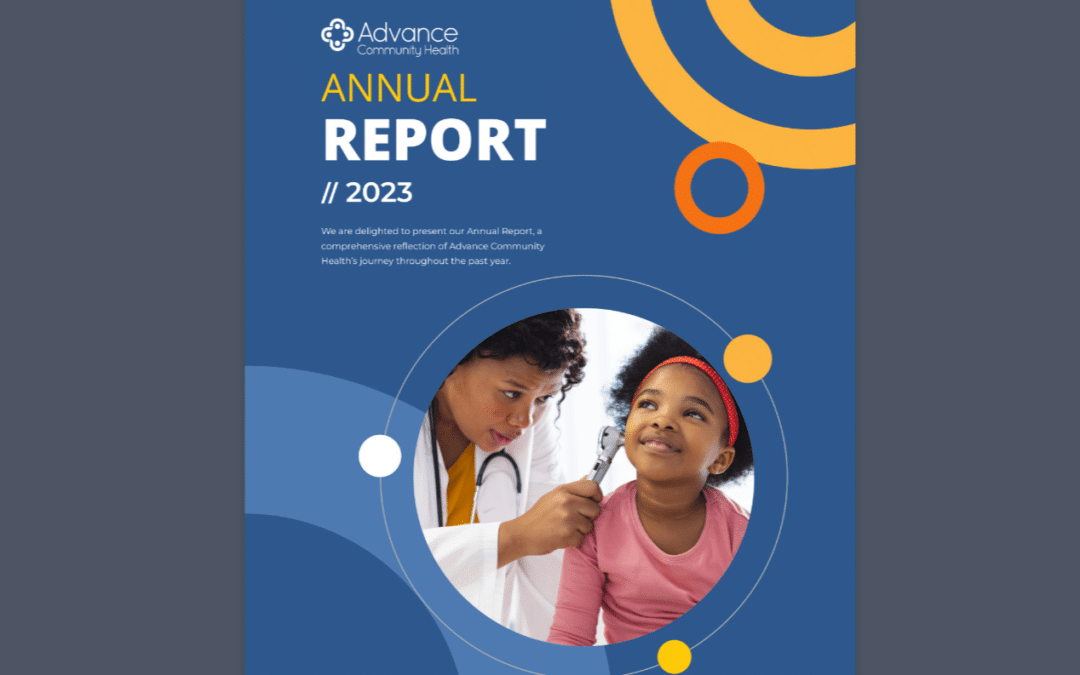It’s American Heart Month! Protect Your Heart
What works 24 hours a day, beating 100,000 times, pumping six liters of blood every minute? You guessed right—your heart. Your heart helps blood circulate around your body, serving every cell except those in the cornea. And you could not live without one.
February is American Heart Month–a month devoted to keeping our hearts (and blood vessels) healthy. The Centers for Disease Control and Prevention (CDC) wants more people to be aware of the risks of heart disease, particularly among Black Americans.
Heart disease remains the leading cause of death for American adults. 1 in every 5 deaths is caused by heart disease. Someone dies of heart disease every 34 seconds. Over 20 million people in America are living with coronary artery disease. And about $229 billion is spent every year managing heart disease.
Black adults are over two times more likely to die from heart disease than white adults. And Heart Health Month is an opportunity to highlight this health disparity and address it.
Although some risk factors associated with heart disease, like age and genes, cannot be changed, there are other risk factors you can modify to reduce your risk of heart disease. Here’s more about celebrating American Heart Month and keeping your heart healthy.
Protecting your heart
A healthy heart can serve you for more than 100 years. But heart disease can cause premature death as early as your twenties.
Here are tips to keep your heart health:
Eat nutritious meals: A balanced diet rich in vegetables, lean protein, fruits, and complex carbohydrates like tubers and whole grains helps you get the nutrients your body needs.
Limiting salt, saturated fat, added sugar, and trans fat in your meals is good for your heart. Salt is likely to increase your blood pressure, and high blood pressure is bad for your heart and blood vessels.
CDC recommends that anyone aged 2 years and up should take in no more than 2300 mg (about a teaspoon) of salt per day. And everyone above 51, all African-Americans, and anyone with high blood pressure, heart disease, kidney disease, or diabetes should consume only 1500 mg (about half a teaspoon) per day.
Get enough physical activity: Experts recommend at least 150 minutes of physical activity every week. You can get that by exercising 30 minutes a day for five days or 22 minutes every day. Physical activity helps your heart and blood vessels function well. You could consider athletic activities like walking, running or swimming or domestic activities like mopping, gardening, and sweeping. Although strenuous activities are best, almost any activity that raises your heart rate is good.
Be mindful of your blood pressure: High blood pressure is one of the leading causes of heart disease and strokes. Knowing your blood pressure and keeping it normal is good for your health.
Be mindful of your cholesterol: High levels of LDL cholesterol (bad cholesterol) in your blood can double your heart disease risk. Your care team can help you check your cholesterol levels and work with you to keep them normal.
Quit smoking: Smoking releases several toxins into your blood that damage your heart and blood vessels. It also makes your blood stickier and more likely to clot and block your arteries. Blocked arteries can lead to conditions like heart attack and stroke.
Take your aspirin (if prescribed): Aspirin is often prescribed to reduce heart disease risk, but it’s not for everyone. You should continue taking your aspirin if it’s been prescribed for you. And you can talk with your doctor to know if taking it is good for you.
Regular wellness checks: Getting regular checks by a health care professional at least once a year can help detect heart problems before they become too serious.
Get help early: If you suspect you are having a heart condition, it’s a good idea to get help early. When you seek care early enough, your care team may be able to prescribe life-saving medications or surgery.
Supporting Heart Health Month
While keeping your heart healthy, you can also support Heart Health Month in other ways too. Here are ways you can help.
- Spread the word: You can share posts on your social media, join community activities and enlighten folks at your workplace. Let people know about heart health.
- Wear red: National Wear Red Day is the first Friday of February. You can join in to create awareness by wearing something red that day.
- Donate: Heart health awareness campaigns need time, expertise, and money. Your donation can help them reach more people and add other aspects like blood pressure and cholesterol screenings.
Heart Health Month is an amazing opportunity to share messages and support organizations that protect the heart. Every effort you make–no matter how small—makes a difference. Together, we can spread the word about heart health and reduce the toll of heart disease for Americans and the world.
SOURCES
- CDC. American Heart Health Month toolkits, 2023
- CDC. Heart disease facts
- NIA. Healthy eating as you age
- CDC. Sodium
- CDC. How much physical activity do adults need?
- CDC. Heart disease and stroke
- CDC. Smoking and cardiovascular disease
- Ittaman SV, VanWormer JJ, Rezkalla SH. The role of aspirin in the prevention of cardiovascular disease. Clin Med Res. 2014;12(3-4):147-154. doi:10.3121/cmr.2013.1197
- CDC. Are you up to date on your preventive care?







